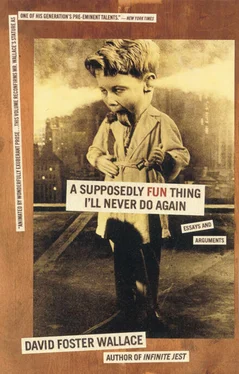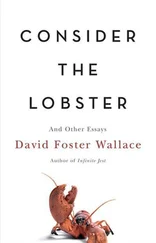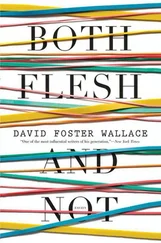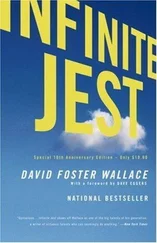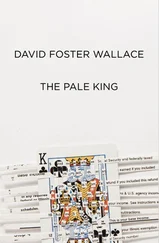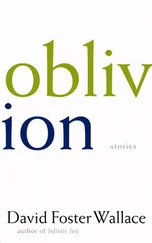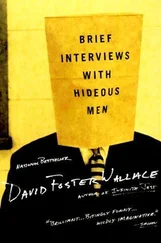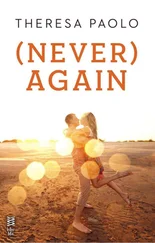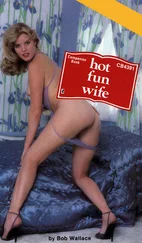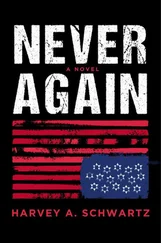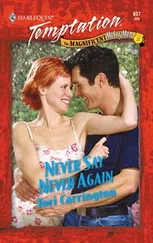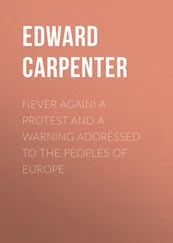36Agassi’s balls look more like Borg’s balls would have looked if Borg had been on a year-long regimen of both steroids and methamphetamines and was hitting every single nicking ball just as hard as he could — Agassi hits his groundstrokes as hard as anybody who’s ever played tennis, so hard you almost can’t believe it if you’re right there by the court.
37But Agassi does have this exaggerated follow-through where he keeps both hands on the racquet and follows through almost like a hitter in baseball, which causes his shirtfront to lift and his hairy tummy to be exposed to public view — in Montreal I find this repellent, though the females in the stands around me seem ready to live and die for a glimpse of Agassi’s tummy. Agassi’s S.O. Brooke Shields is in Montreal, by the way, and will end up highly visible in the player-guest box for all Agassi’s matches, wearing big sunglasses and what look to be multiple hats. This may be the place to insert that Brooke Shields is rather a lot taller than Agassi, and considerably less hairy, and that seeing them standing together in person is rather like seeing Sigourney Weaver on the arm of Danny DeVito. The effect is especially surreal when Brooke is wearing one of the plain classy sundresses that make her look like a deb summering in the Hamptons and Agassi’s wearing his new Nike on-court ensemble, a blue-black horizontally striped outfit that together with his black sneakers make him look like somebody’s idea of a French Resistance fighter.
38(Though note that very few of them wear eyeglasses, either.)
39A whole other kind of vision — the kind attributed to Larry Bird in basketball, sometimes, when he made those incredible surgical passes to people who nobody else could even see were open — is required when you’re hitting: this involves seeing the other side of the court, i.e. where your opponent is and which direction he’s moving in and what possible angles are open to you in consequence of where he’s going. The schizoid thing about tennis is that you have to use both kinds of vision — ball and court — at the same time.
40Basketball comes close, but it’s a team sport and lacks tennis’s primal mano a mano intensity. Boxing might come close — at least at the lighter weight-divisions — but the actual physical damage the fighters inflict on each other makes it too concretely brutal to be really beautiful: a level of abstraction and formality (i.e. “play”) is probably necessary for a sport to possess true metaphysical beauty (in my opinion).
41For those of you into business stats, the calculus of a shot in tennis would be rather like establishing a running compound-interest expansion in a case where not only is the rate of interest itself variable, and not only are the determinants of that rate variable, and not only is the interval in which the determinants influence the interest rate variable, but the principal itself is variable.
42Sex- and substance-issues notwithstanding, professional athletes are in many ways our culture’s holy men: they give themselves over to a pursuit, endure great privation and pain to actualize themselves at it, and enjoy a relationship to perfection that we admire and reward (the monk’s begging bowl, the RBI-gurus eight-figure contract) and love to watch even though we have no inclination to walk that road ourselves. In other words they do it “for” us, sacrifice themselves for our (we imagine) redemption.
43In the Qualies for Grand Slams like Wimbledon and the U.S. Open, players sometimes have to play two three-out-of-five-set matches in one day; it is little wonder that the surviving qualifiers often look like concentration-camp survivors by the time they get to the main draw and you see them getting annihilated by a healthy and rested top seed in the televised first round.
44Meaning a two-handed forehand, whose pioneer was a South African named Frew McMillan and whose most famous practitioner today is Monica Seles.
45The idea of what it would be like to perspire heavily with large amounts of gel in your hair is sufficiently horrific to me that I approached Knowle after the match to ask him about it, only to discover that neither he nor his coach spoke enough English or even French to be able to determine who I was, and the whole sweat-and-gel issue will, I’m afraid, remain a matter for your own imagination.
46What Joyce has done is known as “wrong-footing” his opponent, though the intransigent Francophone press here keep calling the tactic a “contre-pied.”
47Who is clearly such a fundamentally nice guy that he would probably hit around with me for a little while just out of politeness, since for him it would be at worst somewhat dull. For me, though, it would be obscene.
48The example of Michael Joyce’s own childhood, though, shows that my friends and I were comparative sluggards, dilettantes. He describes his daily schedule thusly: “I’d be in school till 2:00. Then, after, I’d go [driven by father] to the [West End Tennis] Club [in Torrance CA] and have a lesson with [legendary, wildly expensive, and unbelievably hard-ass Robert] Lansdorp [former childhood coach of, among others, Tracy Austin] from 3:00 to 4:00. Then I’d have drills from 4:00 to 6:00, then we’d drive all the way home — it’s like half an hour — and I’m like, ‘Thank God, I can watch TV or go up and talk with [friends] on the phone or something,’ but Dad is like, ‘You didn’t practice your serve yet.’ At twelve or thirteen [years old], you’re not going to want to do it. [No lie, since two hours of serious drills alone were usually enough to put your correspondent in a fetal position for the rest of the day.] You need somebody to make you do it. [This is one way of looking at it.] But then, after like a hundred or so serves, I start to get into [standing by himself out on the Joyces’ tennis court in their backyard with a huge bucket of balls and hitting serve after serve to no one in what must by then have been the gathering twilight], I like it, I’m glad I’m doing it.”
49An important variable I’m skipping is that children are (not surprisingly) immature and tend to get angry with themselves when they screw up, and so a key part of my strategy involved putting the opponent in a position where he made a lot of unforced errors and got madder and madder at himself, which would ruin his game. Feelings of self-disgust at his errors, or (even better for me) bitter grievance at the universe for making him have “bad luck” or an “offday” would mount until usually by sometime in the second set he’d sink into a kind of enraged torpor and expect to miss, or occasionally he’d even have a kind of grand Learesque tantrum, complete with racquet-hurling and screamed obscenities and sometimes tears. This happened less and less as I got older and opponents got more mature, and by the time I was in college only genuine head-cases could be counted on to get so mad that they’d basically make themselves lose to an inferior player (viz. me). It’s something of a shock, then, to watch Joyce do to his third-round Qualies opponent what I used to do to twelve-year-old rich kids, which is essentially to retrieve and avoid errors and wait for this opponent to have a temper tantrum. Because Sunday was a rainout, Joyce’s third round is played Monday at 10:00 A.M., at the same time that some of the main draw’s first rounds are beginning. Joyce’s opponent is a guy named Mark Knowles, 25, the 1986 U.S. Junior Indoor Champion, a native of the Bahamas, now known primarily as a doubles player but still a serious opponent, ranked in the world’s top 200, somebody on Joyce’s plateau.
Knowles is tall and thin, muscular in the corded way tall thin people are muscular, and has an amazing tan and tight blond curls and from a distance is an impressive-looking guy, though up close he has a kind of squished, buggy face and the slightly bulging eyes of a player who, I can tell, is spring-loaded on a tantrum. There’s a chance to see Knowles up close because he and Joyce play their match on one of the minor courts, where spectators stand and lean over a low fence only a few yards from the court. I and Joyce’s coach and Knowles’s coach and beautiful girlfriend are the only people really seriously standing and watching, though a lot of spectators on their way to more high-profile matches pass by and stop and watch a few points before moving on. The constant movement of civilians past the court aggrieves Knowles no end, and sometimes he shouts caustic things to people who’ve started walking away while a point is still in progress.
Читать дальше
